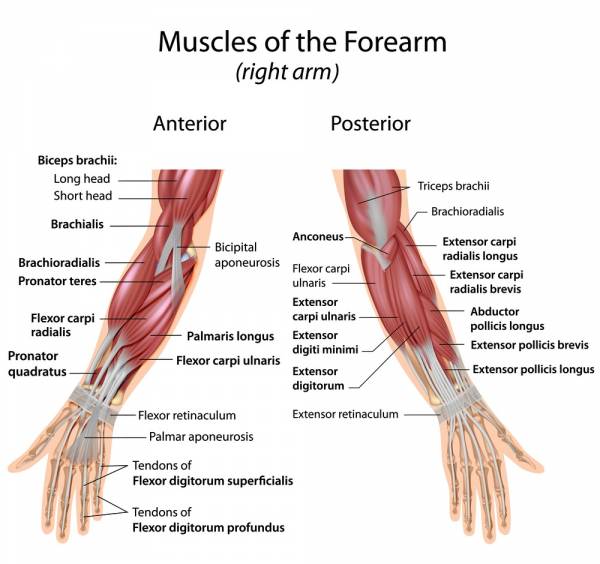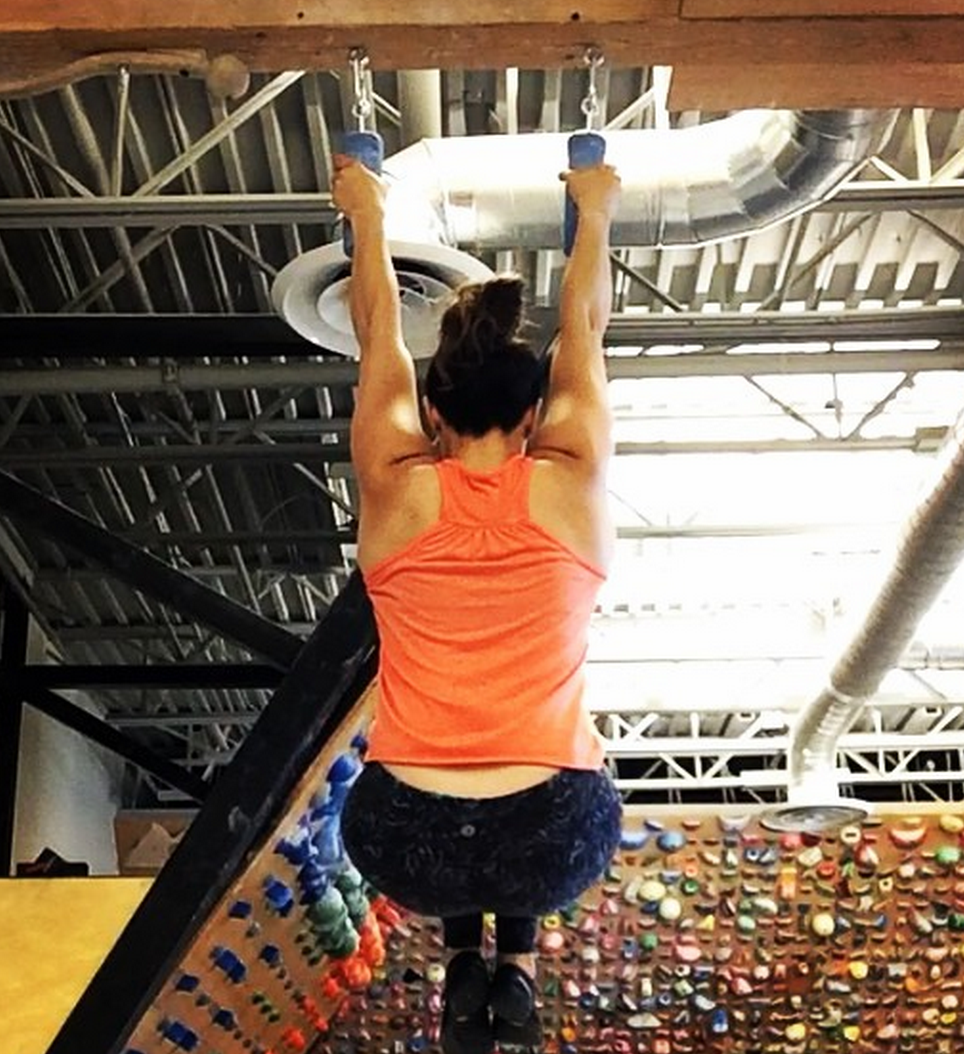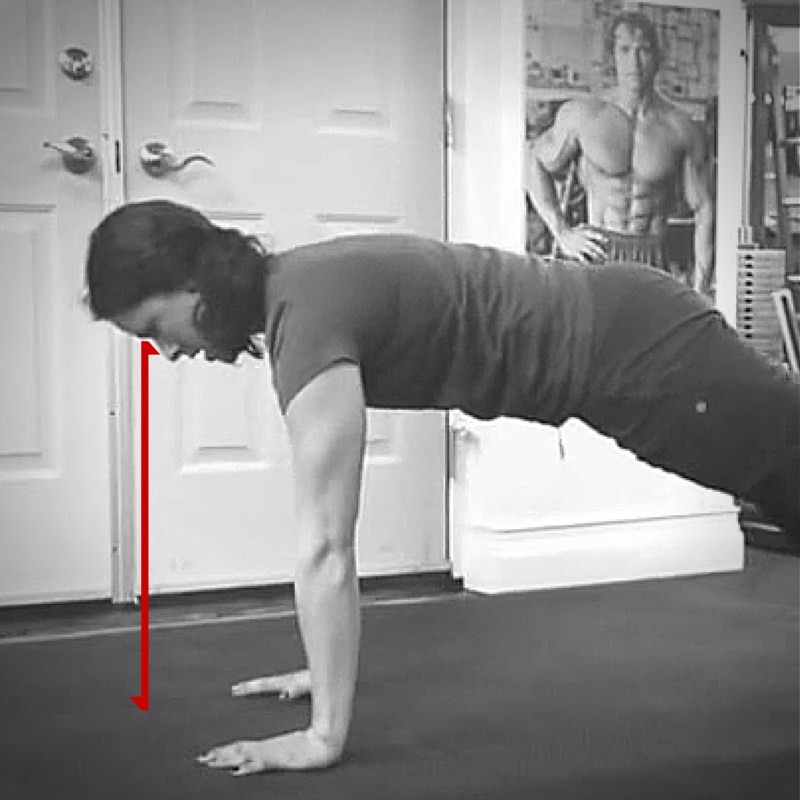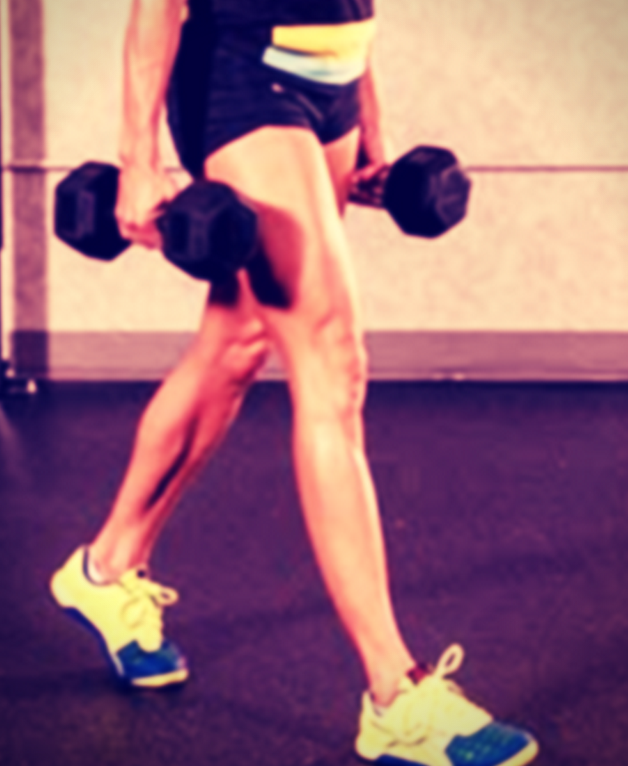Guest post written by: Kate Galliett
It’s rarely a matter of “do less” to solve your problem. It’s often more a matter of “do less of this one thing AND do more of these other things.” As is the case with ‘tech hand.’
In the last article I introduced the problems with the hand position we assume when we’re holding our devices and typing on computers, and I gave you a few things you could start on to undo the effects of it.

“Spend less time using devices” is also a wonderful idea to combat the issue. But highly impractical during the workday, when the sole method of communication for most of us is the phone or computer.
A better solution is to be aware of the amount of time you’re using your devices. Once you’re aware of how often you’re using your devices, aim to use them even the smallest amount less. In addition, add in a variety of movements, stretches, and work positions for your hands and arms. This will help to offset the volume of time your hand and arm spend in the “tech hand” position. At the end of this article, I’ve got four more action steps you can take to relieve yourself of “tech hand”.
Why “Tech Hand” Is A Problem
The “tech hand” position shortens the biceps muscle. It also causes the wrist extensors to flex. And especially with a phone, the thumb gets used significantly more than the rest of the fingers. None of this is inherently ‘bad’. The problem comes in the dosage, repetition, and interplay of these movements with how the rest of the arm and hand are meant to move.

Remember that muscles always work with their agonist-antagonist partner muscle. If your bicep shortens to bend your elbow, your tricep lengthens, actively controlling the elbow flexion. The same happens with your wrist extensors and flexors. The interplay of muscles via their length-tension relationship is important to the overall function of the muscles.
It’s possible for a muscle to be flexed in its ‘on’ position for long enough that the antagonist muscle to it loses its ability to fire well. Glute amnesia, as coined by Stu McGill, is one example of this phenomenon. In that case, the glutes lose their ability to fire to the level of contraction necessary for optimal glute and low back function.
In the case of “tech hand”, your wrist extensors hold a slightly shortened position, thereby lengthening the wrist flexors. If the wrist flexors get lengthened and lose their ability to contract with appropriate force, the result is a loss in grip strength as well as a loss in ability to articulate the hand in all of the ways it is designed to move.
And because you spend so much time in that position, you naturally spend less time in other hand and arm positions. Which all collides together to make your hands and wrists change how they function.
Action Items For Addressing “Tech Hand”
Do the stretches and hand movements I showed you in the last post.
In addition, you can also start on the following four items immediately to assist your hands, wrists, and forearms in regaining their mobility and strength.
1) Use your mobile device in the opposite hand.

By switching hands you not only give your dominant phone hand muscles a break, you also create an opportunity to practice your hand-eye coordination with your non-phone dominant hand. Hand-eye coordination is just one of many ways you can maintain your brain plasticity.
2) Hang.

From a pull-up bar. From rings. From a jungle gym. From a tree. From anything you can get your hands on. Start with however much time you can hang, and work up to being able to hang for 60 seconds, and then to hanging by one arm. If you can’t hang your entire body weight yet, put a chair under your pull-up bar, or hang from an object that is lower to the ground, squatting underneath it to use your legs to support however much of your weight your hands cannot.
By increasing your ability to hang, you’re teaching your wrist flexors to strengthen, and, gripping an object also fires the rotator cuff muscles of the shoulder, thereby strengthening them, and teaching them to work in conjunction with the hand. And, you have gravity to create a stretch through the entire chain of the upper body and arm.
3) Instead of doing your planks on your elbows, mix in planks on your hands working on your wrist and hand position.

By fully straightening the hand and fingers on the floor, and then holding your body up on your hands and toes, you’re training your wrist extensors and flexors to hold a position that is farther along the range of motion spectrum they are capable of. Remember, if you don’t use it, you lose it – and being in “tech hand” all day long only uses a small amount of your wrist and hand range of motion.
To ensure you line up correctly and are practicing good shoulder stability when doing your straight arm plank, have fingers facing forward and fully straight & spread wide. Get into position so shoulders are directly over wrists, and a cue I often use with clients is this, “if your eyes could shoot laser beams, the laser beams should hit the floor in front of your fingertips, not on them.”
4) Do farmer carries.

Similar to the grip strengthening you’ll be doing while hanging, this route of grip strength work asks you to maintain flexion of the hand and forearm while moving. You now are integrating torso stabilization work with stability in the shoulders along with the grip work happening during this exercise.
Any distance will work for this exercise, if you have limited space, you’ll simply find yourself making multiple laps back and forth to get your goal time or distance. There are two ways to skin a cat with farmer carries: either walk for longer distance/time with a lighter weight, or walk a short distance with a heavier weight. The weight you should choose is entirely dependant on what kind of hand and forearm strength you’re starting with. It’s always better to start light, succeed with that weight, and move up, than have to stop because you’ve selected a weight that’s too heavy for what you can hold.
As you can see, there are many ways to help your hands get out of “tech hand” and get back to the strong, functional hands they were meant to be. By incorporating these things into your program, you’ll improve the mobility, dexterity, and strength of your entire upper body, from your hand to your shoulder.
Now, some folks will say “I don’t have any issues right now so this problem does not affect me.” That’s as short-sighted as deciding that since you have no health issues currently, the type of food you consume doesn’t matter.
Your body is always listening and responding to the signals you send to it. Are you sending the signals to it to be strong, durable, mobile, and capable? Or are you sending the signal that all your hand needs to be ‘good for’ is holding a phone and typing on a laptop?


Join the Discussion